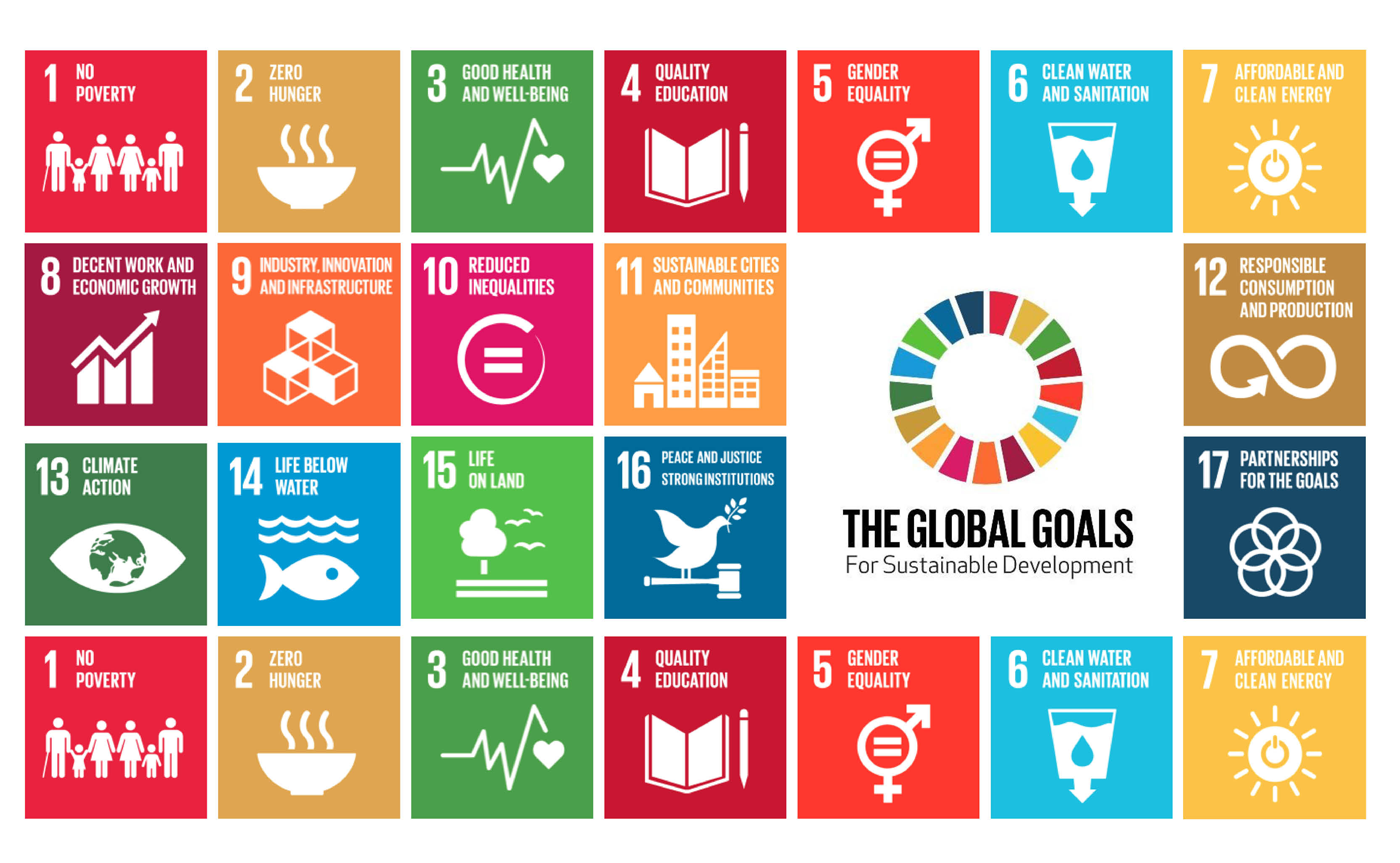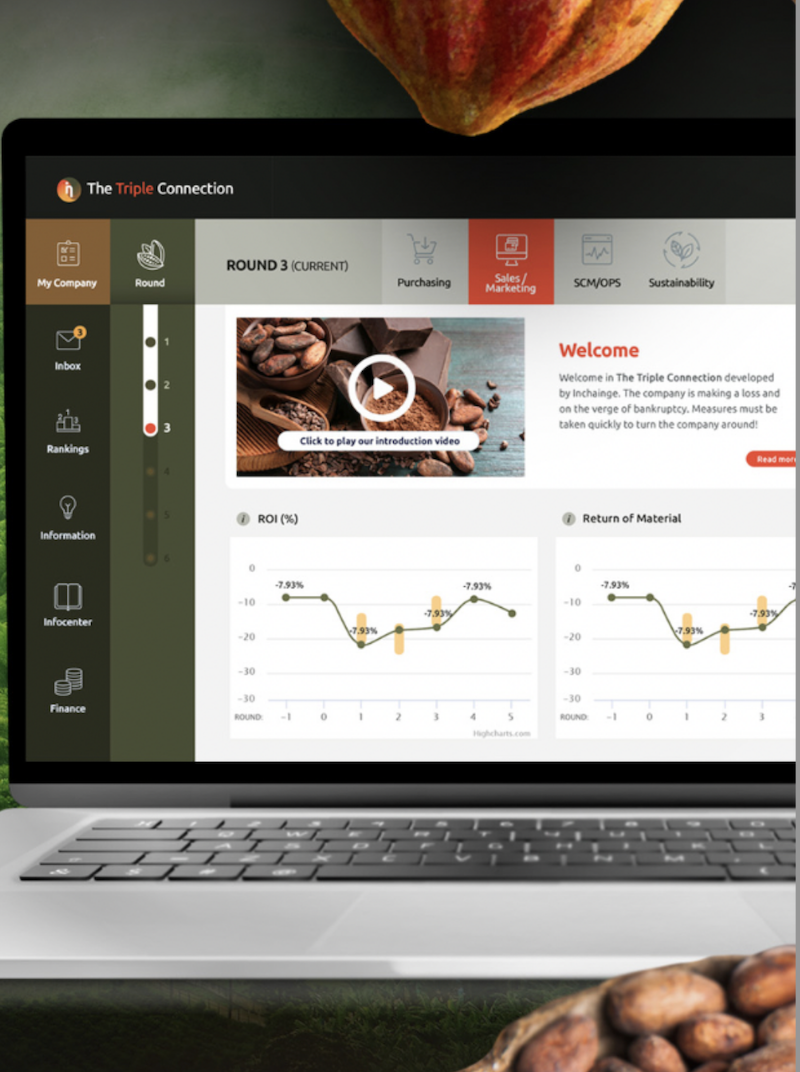What do we know about the Triple Bottom Line?
The traditional estimation of a company’s success depended highly on is net income or Profit, however, as the world is constantly pushing towards a more sustainable way of utilising resources, companies are compelled to re-look at their overall value.
What is the Triple Bottom Line?
When John Elkington coined the phrase, ‘Triple Bottom Line’ (abbreviated to TBL), he argued that most companies limit their value to assessing only through their profit margins. It not only diminishes a company’s overall value but also gives an incomplete picture of what the company’s true potential might be.
The Triple Bottom Line is defined by the Harvard Review as, “The triple bottom line is a business concept that posits firms should commit to measuring their social and environmental impact—in addition to their financial performance—rather than solely focusing on generating profit, or the standard ‘bottom line’.
In his coining of the phrase the Triple Bottom Line in 1994, Elkington suggested that while net income continues to remain an important factor in determining a business’s performance, it cannot be the only factor. A business’s overall performance can be determined by two more, equally significant, factors:
- Businesses should report on their contribution to creating social equity and welfare
- Businesses should report on their contribution towards building a more sustainable future
This way businesses don’t only compete against each other to acquire more profit but also compete (and maybe work) with each other to create more value. This way the Triple Bottom Line was made up of the 3Ps – People, Planet, and Profit.

How do we explain the 3Ps?
Profit
A business runs to make profit and that has always been the ultimate goal for any company. Through profit, companies can keep the money flowing which helps run the business. It also contributes to various economic factors within the company such as income, expenditure, taxes, corporate expenses, rents, and others. It also helps measure how the company contributes to the gross state product and how the establishment can grow.
People
The ‘People’ factor in the Triple Bottom Line includes both the stakeholders and the shareholders; this also makes it important for the companies to be able to distinguish between who are the stakeholders and who are the shareholders. This can lead the company to prioritize its activities based on whose interests are more important to them – whether it’s the stakeholder’s or the shareholder’s? This also puts responsibilities upon the investors who can help the company prioritize whether it should focus on issues such as environment, human rights, health, and so on. It brings the company closer to the society that surrounds it and contribute on more practical terms.
Planet
When it comes to ‘Planet’ factors like activists, consumer opinions, and social media have contributed largely in driving companies to hold themselves responsible for their role in the planet. This has led companies to not only consider “CSR-based” activities but also rethink their business models to push towards a more circular economy. Companies are pressured to reduce waste, reuse their raw materials, and create products that have a longer shelf-life.
How do the UN's Sustainability Development Goals fit in?
To accelerate the process of companies moving towards a more sustainable business model, the United Nations adopted the 2030 Agenda for Sustainable Development which recognizes, “that ending poverty and other deprivations must go hand-in-hand with strategies that improve health and education, reduce inequality, and spur economic growth – all while tackling climate change and working to preserve our oceans and forests.”

The sustainable development goals provide new opportunities for businesses which are trying to push for a more circular economy. Through the Triple Bottom Line framework, the 17 SDGs can be restructured into each P: Profit, People and Planet. It is the kind of innovation that bridges the gap between capitalism and social responsibility, by rethinking, rebuilding and reinvesting in a company’s business goals to achieve sustainability.
Want to know more?
Our newest business simulation game, The Triple Connection, engages its participants in implementing a sustainable strategy for a virtual chocolate milk manufacturer. Participants will be confronted with various real-life, real-time dilemmas. They will be compelled to make decisions that are critical to maintain a fair balance between profitability and sustainability. To add the flair of a real-world experience, The Triple Connection comes with the added element of a limited budget. This pushes participants to be more acute with their analysis. Alignment and strong cross-functional communications are key to setting the right priorities in place!
 Now you know
Now you know
Now you know that the Triple Bottom Line consists of the 3Ps of sustainability – People, Profit, and Planet. The phrase was coined by John Elkington in 1994 to emphasize upon the factors that could contribute to a company’s exploration of its full potential. The TBL looks at how businesses should not only focus on a single ‘bottom line’ of improving net profit but should expand it two more bottom lines. Firstly, it should look into contributing to social equity and welfare. Secondly, it should develop a business model that is more circular in nature. The businesses should also consider the 17 SDGs by the UN which can accelerate their effort towards a more sustainable future.
Sources
- The 17 Goals
https://sdgs.un.org/goals - Mastering Circular Economy
https://bookshelf.vitalsource.com/reader/books/9781398602762/epubcfi/6/2[%3Bvnd.vst.idref%3Dcover]!/4/2[cover]/2/2%4050:2 - The Triple Bottom Line
https://online.hbs.edu/blog/post/what-is-the-triple-bottom-line#:~:text=The%20triple%20bottom%20line%20is,%3A%20profit%2C%20people%2C%20and%20the
You might want to learn more about

The Triple Connection
The innovative web-based business simulation game, The Triple Connection, engages its participants in implementing a sustainable strategy for a virtual chocolate milk manufacturer. Participants will be confronted with various real-life, real-time dilemmas. They will be compelled to make decisions that are critical to maintaining a fair balance between profitability and sustainability.
Dive into our
knowledge base
Alignment
Blended learning
Experiential learning
Learning
Supply chain
Sustainability
- Sustainability
- Carbon footprint
- Circular Economy
- Does Green Governance drive the ride to a sustainable future?
- Everything You Need To Know About Eco-Efficiency
- Greenwashing: Everything you need to know
- Is it possible to measure the Triple Bottom Line?
- Sustainability v/s Circularity
- The 3Ps Series: People
- The 3Ps Series: Planet
- The 3Ps Series: Prosperity
- The Butterfly Diagram
- The Value Hill
- What are the 3Ps of Sustainability?
- What do we know about the Triple Bottom Line?


